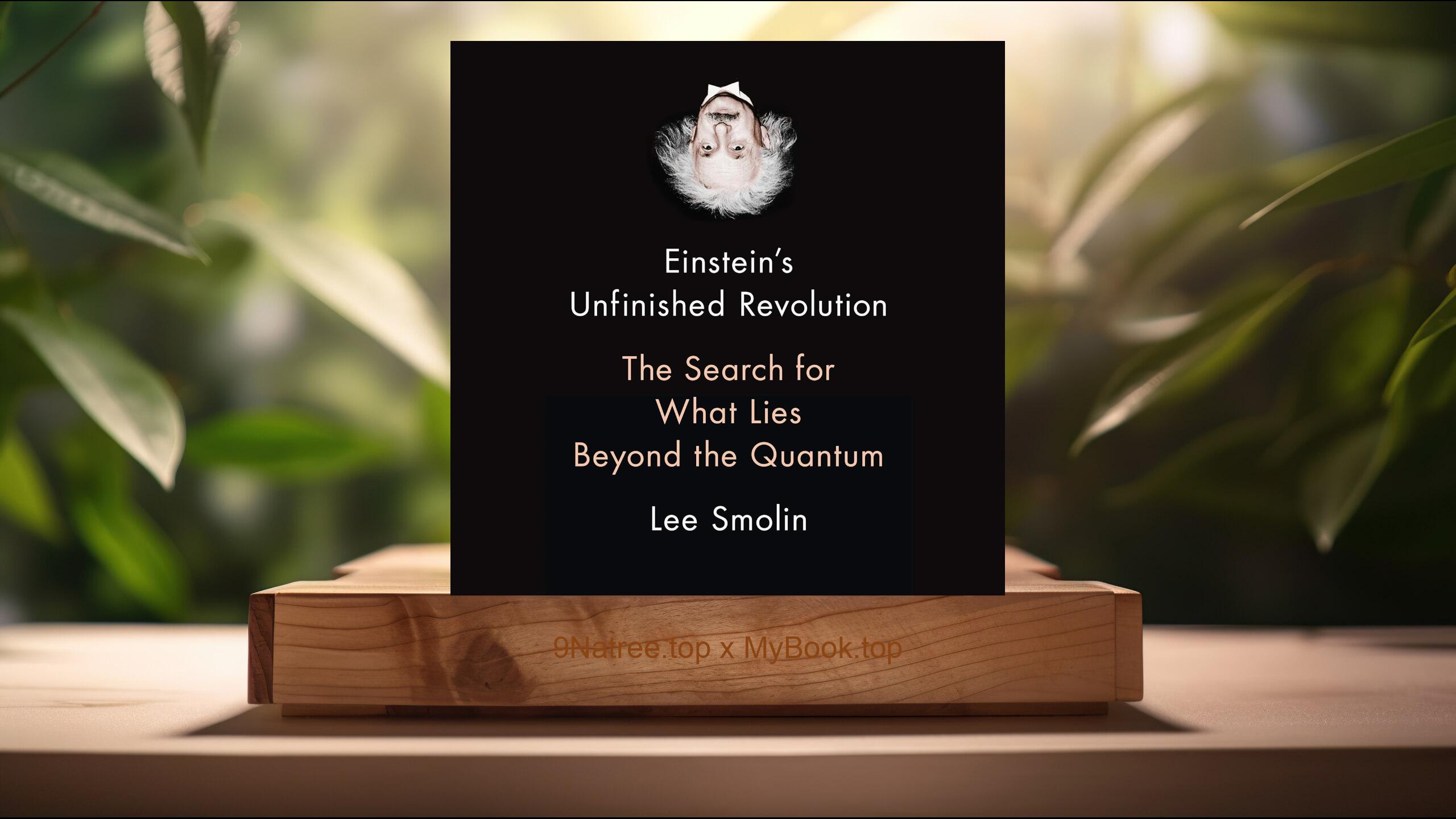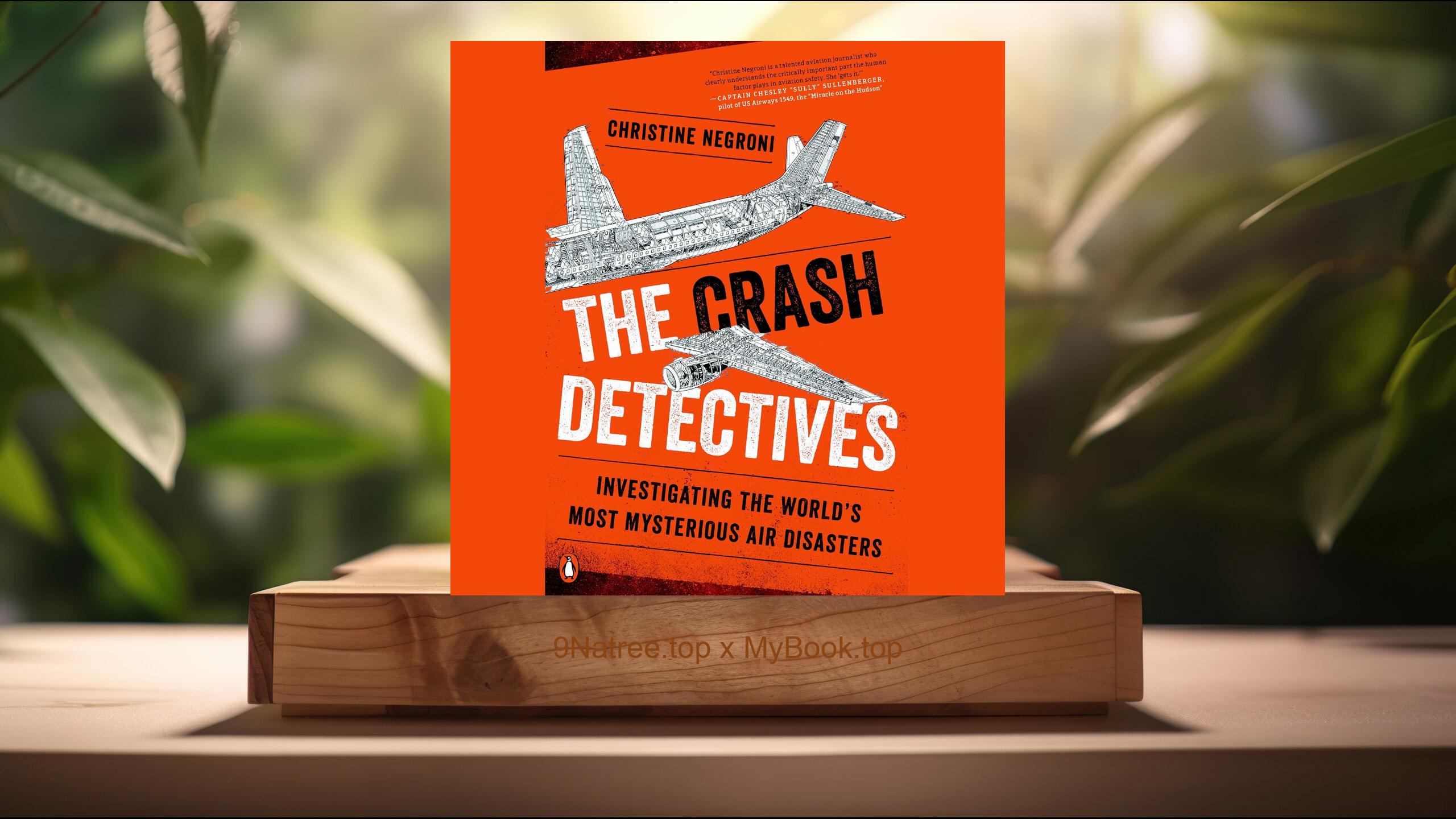Show Notes
- Amazon USA Store: https://www.amazon.com/dp/B07Q6ZTM96?tag=9natree-20
- Amazon Worldwide Store: https://global.buys.trade/Einstein-s-Unfinished-Revolution-Lee-Smolin.html
- Apple Books: https://books.apple.com/us/audiobook/einsteins-unfinished-revolution-the-search-for-what/id1458779670?itsct=books_box_link&itscg=30200&ls=1&at=1001l3bAw&ct=9natree
- eBay: https://www.ebay.com/sch/i.html?_nkw=Einstein+s+Unfinished+Revolution+Lee+Smolin+&mkcid=1&mkrid=711-53200-19255-0&siteid=0&campid=5339060787&customid=9natree&toolid=10001&mkevt=1
- Read more: https://mybook.top/read/B07Q6ZTM96/
#quantummechanics #Einstein #quantumtheory #theoreticalphysics #LeeSmolin #philosophyofscience #unifiedtheory #quantumgravity #EinsteinsUnfinishedRevolution
These are takeaways from this book.
Firstly, The Limitations of Quantum Mechanics, Einstein's Unfinished Revolution starts by tackling the limitations inherent in quantum mechanics, highlighting the aspects that remain unsolved and the questions that continue to perplex scientists. Quantum mechanics, though successful in many applications, cannot fully account for all phenomena at the subatomic level. Smolin points out the wave-particle duality and the indeterminacy principle as areas where current understanding falls short. Wave-particle duality, the concept that particles like photons can exhibit properties of both waves and particles, challenges traditional definitions of matter. The indeterminacy principle, often exemplified by Heisenberg's uncertainty principle, asserts that certain pairs of physical properties cannot be simultaneously known to arbitrary precision. These conceptual puzzles suggest that our grasp of the subatomic world may be incomplete. Smolin emphasizes how these limitations prevent a true depiction of reality as a complete deterministic system, which was Einstein's original vision. As Smolin unpacks the complexity and inconsistencies within quantum mechanics, he urges for a new framework that could resolve these paradoxes, potentially leading to a more accurate scientific model of the universe.
Secondly, Einstein's Insight and Challenges to Quantum Theory, Lee Smolin delves into the profound impact of Albert Einstein on modern physics and how his ideas challenge the currently accepted paradigms of quantum mechanics. Despite being one of quantum theory's earliest contributors, Einstein was a firm critic of its probabilistic nature—a stance best summarized in his famous assertion that 'God does not play dice with the universe.' Smolin discusses Einstein's reservations with quantum mechanics, particularly its refusal to provide a complete description of physical phenomena and reliance on probabilities instead of certainties. Einstein envisioned a theory governed by determinism that could describe nature in its entirety, a vision not fulfilled by current models due to elements like quantum entanglement. Quantum entanglement defies intuitive expectations, allowing particles to influence each other across distances instaneous of time, thus challenging the notions of causality and locality. Smolin explains that Einstein's critique of entanglement—specifically outlined in the Einstein-Podolsky-Rosen (EPR) paradox—remains an open problem in physics. This paradox is pivotal as it reveals fundamental gaps between quantum mechanics and general relativity, fueling Smolin's argument for a more unified theory. By revisiting Einstein's critiques, Smolin argues that truly understanding and progressing beyond the quantum revolution necessitates an integration of these ideas into new models that incorporate the deterministic principles Einstein championed.
Thirdly, The Need for a New Quantum Paradigm, Beyond evaluating the shortcomings of current quantum mechanics, Smolin advocates for a new paradigm that surpasses the constraints of existing theories. He expounds on why this is especially important for advancing theories like quantum gravity, which seeks to unite quantum mechanics with general relativity—a union yet to be achieved. Smolin analyzes various interpretations of quantum mechanics, such as the Copenhagen interpretation, many-worlds theory, and Bohmian mechanics, highlighting their respective flaws. The Copenhagen interpretation, offering a probabilistic framework, fails to account for determinate reality, while the many-worlds theory suggests every possible outcome of quantum events occurs in some universe, which Smolin critiques as extravagant and untestable. Bohmian mechanics, proposing a deterministic angle, offers intriguing prospects but lacks empirical support across all quantum phenomena. Given these limitations, Smolin argues for the development of novel theories that can deliver more comprehensive descriptions of reality and unify the disparate domains of physics. He emphasizes the role of creativity, openness, and philosophical inquiry in these groundbreaking efforts, advocating for an approach that rigorously tests yet transcends traditional paradigms. By inspiring a reevaluation of foundational principles, Smolin calls for scientific innovation that may yield deeper understandings of nature’s fundamental laws.
Fourthly, Towards a Realistic and Unified Physics, In his pursuit of advancing beyond quantum mechanics, Lee Smolin emphasizes the need for a more realistic and unified approach to physics that can bridge the gap between quantum mechanics and relativity. He explores existing attempts to reconcile these theories, such as loop quantum gravity and string theory, scrutinizing both for their contributions and limitations in the quest for a unified framework. While string theory has offered elegant mathematical frameworks attempting to describe gravity in quantum terms, it has fallen short of empirical validation and remains speculative. Loop quantum gravity, on the other hand, seeks to quantize space-time and has produced promising theoretical predictions. However, it also faces challenges with practical experimentation and has yet to entirely integrate quantum mechanics and general relativity into a cohesive model. Smolin advocates for a methodical and innovative exploration of these avenues, suggesting that fresh insights and advancements are indispensable for developing a cohesive, realistic theory. By advocating for openness to novel ideas and collaborative efforts across disciplines, Smolin illustrates pathways toward achieving scientific milestones akin to those sought by Einstein but not yet realized in our modern landscape.
Lastly, Philosophical Implications and the Nature of Reality, Einstein's Unfinished Revolution delves deeply into the philosophical implications of quantum mechanics, questioning the very nature of reality as described by contemporary physics. Smolin challenges the reductionist approach that treats mathematical formalism as the ultimate descriptor of physical phenomena, examining alternative perspectives that incorporate consciousness and free will into scientific inquiry. By doing so, he encourages a more holistic approach towards understanding the interconnectedness of the universe. Smolin discusses the role of the observer in quantum mechanics, where measurement is said to affect the outcome of quantum processes, catalyzing a philosophical discourse on the nature of existence and perception. This exploration touches on the controversial and thought-provoking intersection between the quantum and macroscopic worlds, inviting insights from fields such as philosophy, psychology, and even spirituality. Smolin emphasizes the need to reconsider longstanding assumptions about objective reality, exploring how subjective experience and human consciousness may influence scientific truth. Through this examination, Einstein's Unfinished Revolution offers a compelling argument for an expanded scientific outlook that is capable of integrating diverse domains of knowledge. Smolin's thought experiment invites readers to consider not only the mechanics of the universe but also the profound mysteries of life and existence, potentially leading to transformative understandings of both physical and metaphysical realms.
![[Review] Einstein's Unfinished Revolution (Lee Smolin) Summarized](https://episodes.castos.com/660078c6833215-59505987/images/2026703/c1a-085k3-rk4o19xksmdr-4hclsj.jpg)




